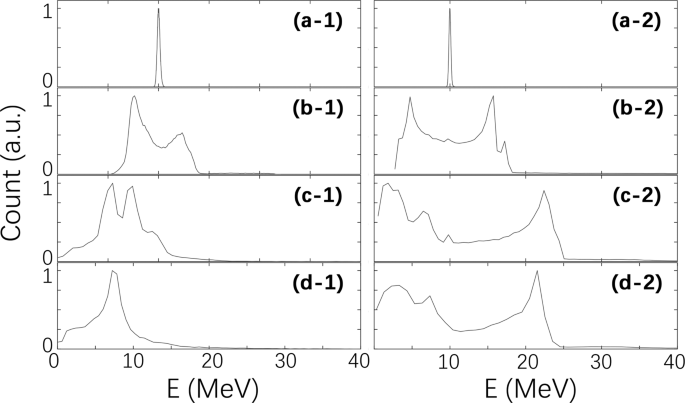Coupling Effects in Multistage Laser Wake-field Acceleration of Electrons
Electron Source The fission-driver specification is more relaxed than a comparable ERL injector to a Free Electron Laser. Light sources need 6D high-brilliance beams and careful emittance preservation; this implies photo-cathodes, small emittance, high bunch charge and leads to extreme space-ation. By contrast, the fission driver eliminates its beam. Electron 11.2.2 2021-02-02T21:12:27Z Release Notes for v11.2.2 Fixes. Fixed CSP with unsafe-eval detection with Trusted Types. #27469 (Also in 9, 10, 12) Fixed not working with Trusted Types. #27464 (Also in 9, 10, 12) Fixed regression that crashed Electron when processing an invalid icon. #27478 (Also in 12) None. #27509 (Also in 12. Ed060sc7 driver, Find many great new & used options and get the best deals for 6' Ed060sc7(lf)c1 for Amazon Kindle Keyboard 3g K3 D00901 LCD Display Screen G S at the best online prices at eBay! Free delivery for many products! Methods for solving (or circumventing) the staging problem. DOI: 10.1103/PhysRevAccelBeams.24.014801 I. INTRODUCTION Accelerating particles to high energy in a compact space is the main motivation for plasma-wakefield accel-erator research. What counts as high energy depends on the context—free-electron lasers 1 will require energies.
Abstract
Staging laser wake-field acceleration is considered to be a necessary technique for developing full-optical jitter-free high energy electron accelerators. Splitting of the acceleration length into several technical parts and with independent laser drivers allows not only the generation of stable, reproducible acceleration fields but also overcoming the dephasing length while maintaining an overall high acceleration gradient and a compact footprint. Temporal and spatial coupling of pre-accelerated electron bunches for their injection in the acceleration phase of a successive laser pulse wake field is the key part of the staging laser-driven acceleration. Here, characterization of the coupling is performed with a dense, stable, narrow energy band of <3% and energy-selectable electron beams with a charge of 1.6 pC and energy of 10 MeV generated from a laser plasma cathode. Cumulative focusing of electron bunches in a low-density preplasma, exhibiting the Budker-Bennett effect, is shown to result in the efficient injection of electrons, even with a long distance between the injector and the booster in the laser pulse wake. The measured characteristics of electron beams modified by the booster wake field agree well with those obtained by multidimensional particle-in-cell simulations.




- Physics - Plasma Physics;
- Physics - Accelerator Physics
Abstract
Compact electron accelerators are paramount to next-generation synchrotron light sources and free-electron lasers, as well as for advanced accelerators at the TeV energy frontier. Recent progress in laser-plasma driven accelerators (LPA) has extended their electron energies to the multi-GeV range and improved beam stability for insertion devices. However, the subluminal group velocity of plasma waves limits the final electron energy that can be achieved in a single LPA accelerator stage, also known as the dephasing limit. Here, we present the first laser-plasma driven electron accelerator concept providing constant acceleration without electrons outrunning the wakefield. The laser driver is provided by an overlap region of two obliquely incident, ultrashort laser pulses with tilted pulse fronts in the line foci of two cylindrical mirrors, aligned to coincide with the trajectory of the accelerated electrons. Such a geometry of laterally coupling the laser into a plasma allows for the overlap region to move with the vacuum speed of light, while the laser fields in the plasma are continuously being replenished by the successive parts of the laser pulses. Our scheme is robust against parasitic self-injection and self-phase modulation as well as drive-laser depletion and defocusing along the accelerated electron beam. It works for a broad range of plasma densities in gas targets. This method opens the way for scaling up electron energies beyond 10 GeV, possibly towards TeV-scale electron beams, without the need for multiple laser-accelerator stages.

Drivers Stager Electronic
2 More- Received 5 March 2018
- Revised 4 March 2019
DOI:https://doi.org/10.1103/PhysRevX.9.031044
Published by the American Physical Society under the terms of the Creative Commons Attribution 4.0 International license. Further distribution of this work must maintain attribution to the author(s) and the published article’s title, journal citation, and DOI.
Published by the American Physical Society
Drivers Stager Electronics
Physics Subject Headings (PhySH)
